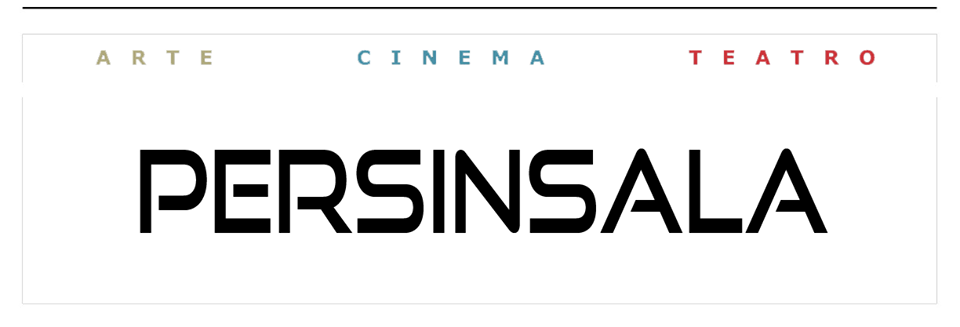
Hands off the future
The Drill, third show of the Award-winning multimedia theatre makers Breach, staged at the Battersea Arts Centre, is an intriguing exploration of social anxiety, and its connection with our interpretation of past, present and future events.
The Drill stems from co-director and writer Billy Barrett’s interest in Cold War Civil Defence scenarios. Plenty of counter terrorism courses, devised to prevent or deal with possible attacks, are on the rise. Not only Governments, but also plenty of private companies have been committed in preparing people for a hypothetical disaster or terrorist attack. Most of these trainings stress the idea of terrorism as a form of performance, claiming that the performance of the crime and the powerful message that it conveys is as important as the level of violence executed.
To delve into the subject, Breach have been putting themselves through such exercises. As they explain, the first mantra is: the more you practice, the better. The performers’ onstage demonstrations show us how, through exhausting repetition, the trainees learn to tackle one another onto a crash mat, grab a gun from a shooter’s hand, and give first aid. Documentary footage by Dorothy Allen-Pickard, playing throughout on two large screens, exhibits the performers facing with self-defence and disarming manoeuvres.
The second mantra is: the more realistic, the better. Not only the amount of time dedicated to these exercises seems to be important; apparently, the emotional commitment is equally essential. As the safety-experts claim in the pre-recorded interviews on the screen, if the training situations can’t be real, the emotions they generate must be. Like in some kind of stanislavskian acting training, the course leaders set up extremely detailed scenarios, asking participants to focus on the emergency situation, which means to scream and act frantically, where necessary. «They were all about applying military thinking to your life as a civilian in a city», says Barrett. «You have to be aware of your surroundings the whole time and treat everyone as a possible suspect». This implication is particularly important in Breach’s work. The video shows that some of the volunteer ‘victims’ employed for emergency service exercises express symptoms of distress: shaking off the lingering feeling of panic and anxiety accumulated during the training sessions doesn’t seem to be easy.
With their trademark inquisitive approach, Breach dig into this delicate relation between anxiety and the need to over-prepare ourselves to avoid the danger. What the ensemble put under scrutiny is whether these mechanisms can potentially cause further anxiety and a distorted view of reality; if they can actually enhance paranoia, instead of easing it. After all, as one of the safety experts says: «Our courses are aimed at the commercial sector».
To better explain this concept, the three performers interweave monologues about a possibly imagined day leading up to a terrorist attack – Ellice Stevens is ruminating on her relationship, Luke Lampard is dealing with a Grindr hook-up, Amarnah Amuludun with a side job at a station. As the footage from anti-terror training gets increasingly unnerving, the characters on stage show more and more symptoms of anxiety: the Grindr hook-up appears to get eerie, Amuludun starts to suspect a possible terrorist attack at the station, while Stevens, who keeps thinking about how threatened she feels by a possible motherhood, is shaken up by a creepy nightmare.
In the meantime, the boundaries between facts and fiction start to blur, as we are not sure if the performers are portraying themselves or their characters, if their fears are well-founded or exist only in their imagination, and even if the training is happening at the Battersea Arts Centre, or in the settings imagined by the performers. As Barrett says, blurring the lines between fiction and reality is an attempt «to get rid of any sense of objectivity». Which means getting some distance from the so called documentary theatre, in favour of an acknowledgement of its inherent unreliability.
Despite a slight sense of confusion, and the feeling that there may be too much going on on stage, the structure of the performance manages to represent the crucial relation between our approach to the past, present and future. Instead of obstinately trying to prevent, deviate or reshape the future in preparation to possible catastrophes, why can’t we just live?
Battersea Arts Centre
Lavender Hill – London – SW11 5TN
until Saturday the 17th of February
Mon-Sat h 19:00
Age Recommendation: 16+The Drill
directed by Billy Barrett
video by Dorothy Allen-Pickard
written by Billy Barrett and Ellice Stevens
performed by Amarnah Amuludun, Luke Lampard and Ellice Stevens
lighting design/production management Ethan Hudson
sound design by Kieran Lucas
assistant camera by Jak Payne
tour producer Ellie Claughton
commissioned by Battersea Arts Centre, The Bike Shed Theatre, Birmingham Repertory Theatre, HOME and New Diorama Theatre, and supported by Arts Council England





